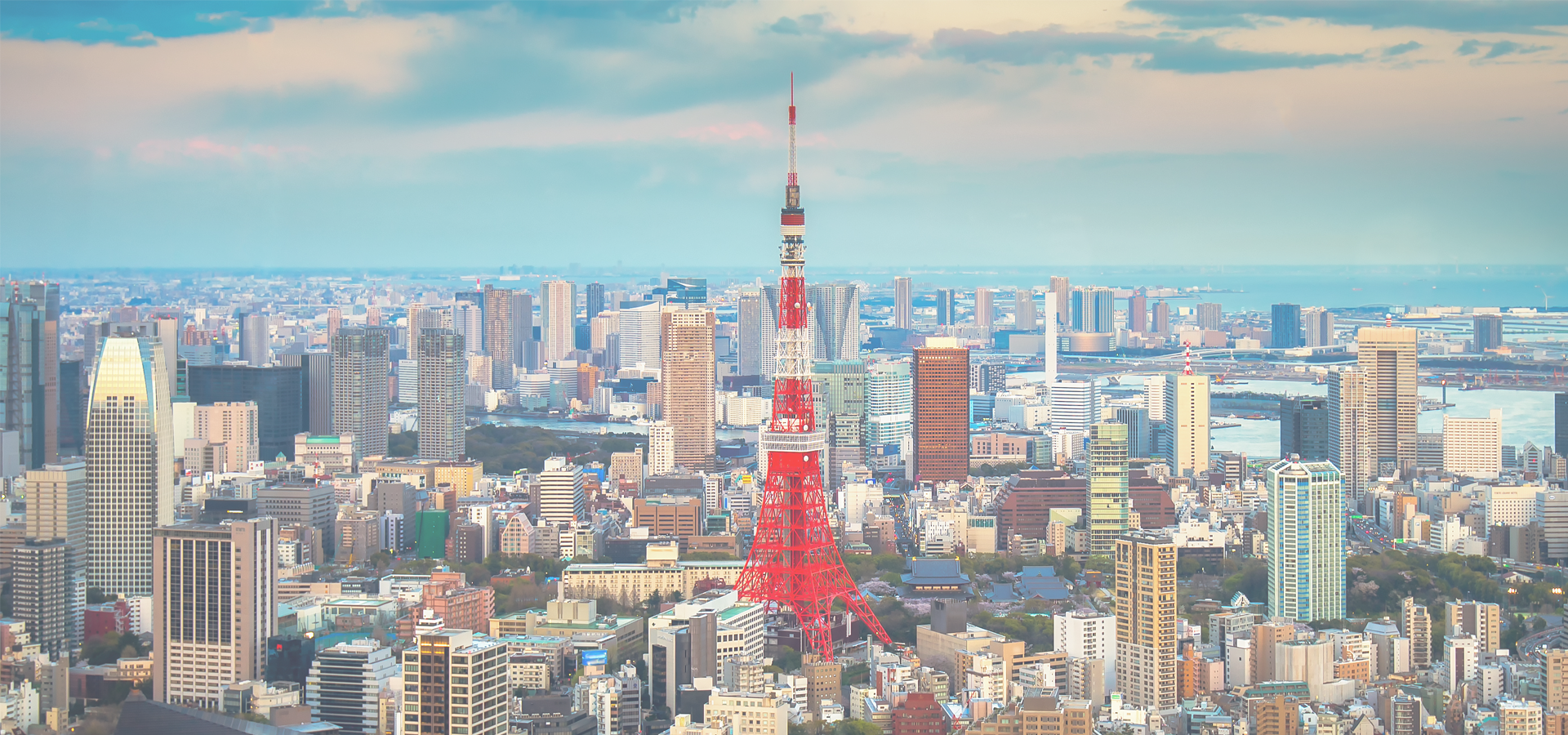Imabari, Ehime Prefecture, Shikoku Region, Japan
🇯🇵 mabari (今治市, Imabari-shi) is a city in Ehime Prefecture, Japan. It is the second largest city in Ehime Prefecture. The total area of the city is 468.19 square km (180.77 sq mi). The population is the second largest in Ehime Prefecture after Matsuyama City.
Geography Imabari is located in central Ehime Prefecture, facing the Seto Inland Sea to the east and north-west, and including a portion of the Geiyo Islands in between Shikoku and Honshu, including Ōmishima, Ōshima and Hakatajima. The land portion occupies the north-eastern part of the Takanawa Peninsula. The highest elevation in the city is Mound Kirō on Ōshima Island at 307.8 meters.
Neighbouring municipalities Ehime Prefecture • Matsuyama • Tōon • Saijō • Kamijima.
History The area in which Imabari is situated is part of ancient Iyo Province and had long been a strategic point for the control of the Seto Inland Sea. In the Sengoku period it was dominated by the Murakami clan, a maritime clan who engaged in shipping or as pilots for vessels through the complex channels and rocky straits in between Shikoku and Honshu, but who also occasionally acted as pirates or as the mercenary naval force for a powerful warlord. After the Battle of Sekigahara, Tokugawa Ieyasu installed his general Tōdō Takatora as daimyō of the 200,000 koku Imabari Domain. Tōdō Takatora constructed Imabari Castle and the castle town which forms the core ofter modern city. The domain was subsequently ruled by a cadet branch of the Hisamatsu-Matsudaira clan until the end of the Edo period. The town of Imabari was established on December 15, 1889 with the creation of the modern municipalities system. The town merged with the village of Hiyoshi on February 11, 1920 to become the city of Imabari. Industrialization progressed rapidly in the early 20th century, centered around the textile and shipbuilding industries. The city was bombed three times in the final months of World War II, with the first air raid on April 24, 1945 killing 68 civilians, the second on May 8 killing 29 (mostly students of Imabari Girls' High School) and the third and largest on August 5, during which 454 people died and 80% of the city centre was destroyed. The city reconstructed rapidly in the post-war era.
On January 16, 2005, the towns of Hakata, Kamiura, Kikuma, Miyakubo, Namikata, Ōmishima, Ōnishi, Tamagawa, and Yoshiumi, and the villages of Asakura and Sekizen (all from Ochi District) were merged into Imabari. As a result, there are no more villages within Ehime Prefecture.
Government Imabari has a mayor-council form of government with a directly elected mayor and a unicameral city council of 28 members. Imabari, together with Kamijima, contributes six members to the Ehime Prefectural Assembly. In terms of national politics, the city is part of Ehime 2nd district of the lower house of the Diet of Japan.
Economy Imabari is home to a large number of shipbuilding and maritime servicing facilities along the northern and eastern coastlines of the city. Facilities include a small container port and maintenance and construction shipyards belonging to Imabari Shipbuilding, Japan's largest ship builder.
The port has also long been a trading centre within Shikoku. The city is home to a large cotton processing industry, with particular emphasis on towels. The city produces around 60% of the towels made in Japan. As of 1998, there were over 200 towel production plants in the city. The city also specializes in the dyeing industry.
Education Imabari has 26 public elementary schools and 15 public middle schools operated by the city government and one private combined elementary/middle school. The city has six public high schools operated by the Ehime Prefectural Board of Education and five private high schools. The prefecture also operates one special education school for the handicapped. The Imabari Meitoku Junior College is located in the city, as is the Okayama University of Science Faculty of Veterinary Medicine.
Local attractions • Imabari Castle, built in 1604. The castle is unusual in that seawater is used in its moat. • Shikoku Pilgrimage temples #54 to #59: Emmei-ji, Nankō-bō, Taisan-ji, Eifuku-ji, Sen’yū-ji, and Iyo-Kokubun-ji. • Toyo Ito Museum of Architecture, opened in 2011.
Transport: Rail Shikoku Railway Company - Yosan Line • Iyo-Sakurai - Iyo-Tomita - Imabari - Hashihama - Namikata - Ōnishi - Iyo-Kameoka - Kikuma
Transport: Road The Kurushima-Kaikyō Bridge, a toll road suspension bridge and integrated expressway, connects Imabari and Shikoku across a series of islands in the Seto Inland Sea to Hiroshima Prefecture. Opened in 1999 the bridge is part of the Shimanami Kaidō, a features both an expressway for road vehicles, as well as dedicated pedestrian and cycle lanes. • Nishiseto Expressway • Imabari-Komatsu Expressway • National Route 196 • National Route 317.
Ports • Port of Imabari.
Tokyo Time

Imabari has a population of over 152,111 people. Imabari also forms one of the centres of the wider Ehime Prefecture which has a population of over 1,342,011 people.
To set up a UBI Lab for Imabari see: https://www.ubilabnetwork.org Twitter: https://twitter.com/UBILabNetwork
Twin Towns, Sister Cities Imabari has links with:
🇺🇸 Lakeland, USA 🇯🇵 Onomichi, Japan 🇯🇵 Ōta, Japan 🇵🇦 Panama City, Panama🇺🇸 San Gabriel 34.1
🇵🇰 Landi Kotal 34.1
🇯🇵 Shikokuchūō 133.553
Locations Near: Imabari 133,34.0667
🇯🇵 Mihara 133.067,34.383 d: 35.7
🇯🇵 Matsuyama 132.767,33.833 d: 33.7
🇯🇵 Onomichi 133.195,34.406 d: 41.7
🇯🇵 Ehime 132.822,33.644 d: 49.8
🇯🇵 Higashihiroshima 132.719,34.435 d: 48.4
🇯🇵 Shikokuchūō 133.553,33.983 d: 51.8
🇯🇵 Fukuyama 133.372,34.488 d: 57.9
Antipodal to: Imabari -47,-34.067
🇧🇷 Rio Grande -52.099,-32.041 d: 19489.3
🇧🇷 Viamão -51.023,-30.088 d: 19432.7
🇧🇷 Gravataí -50.983,-29.933 d: 19421.6
🇧🇷 Alvorada -51.079,-30.001 d: 19421.7
🇧🇷 Cachoeirinha -51.083,-29.95 d: 19417.1
🇧🇷 Pelotas -52.341,-31.763 d: 19454.7
🇧🇷 Porto Alegre -51.229,-30.028 d: 19414.8
🇧🇷 Criciúma -49.372,-28.678 d: 19375
🇧🇷 Canoas -51.183,-29.915 d: 19408
🇧🇷 Sapucaia do Sul -51.146,-29.842 d: 19403.9